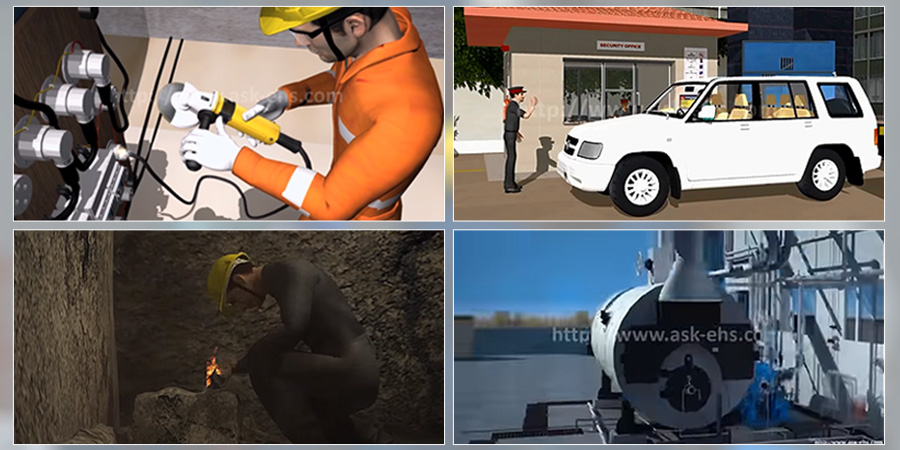5 things to know before making animation movies for EHS

Chances are that if you are reading this blog then you are looking for a more effective medium of communication that would put focus on better EHS management. It would be safe to say that using animation movies or videos for highlighting the several different aspects of EHS is unquestionably, proven and successful.
Animation movies not only have the capacity to completely translate real-life incident scenarios onto a screen but they can even incorporate hypothetical yet probable health and safety situations that the organisation might encounter, in a sort of ‘things that can go wrong’ or ‘worst case scenarios’ way.
After all, an effective EHS program should not only be process-deep but also ‘far reaching’ via its approaches.
However, here is an interesting challenge that organisations and its EHS personnel face when it comes to employing animation movies for EHS purposes: where do they start?
So here’s 5 things to know before making animation movies for EHS:
Knowing your objective should be as it always has been the priority for the organisation. This means that the vision in adopting animation movies for your specific environment health and safety needs to align with the defined objective. Is it for training purposes, for propagating awareness or putting forth a scenario like emergency preparedness plan?
Securing a plan through discussions and meetings within the organisation between the respective in-charges and EHS personnel can help to achieve this. The take home here being that such discussions can tease out finer details of replicating and representing a process or safety hazard to the best possible level thus making the stakeholders factually aware of what they would ‘see’ at the end.
Choosing the right vendor can be slightly easier if the development and production process is in-house. If however you choose to outsource the animation movie production then there are a series of things that can be useful. A vendor who also has EHS expertise under their belt would keep the hand-holding to minimal and a lot simpler, mutually. The top two points we made would feed effortlessly in such case and this is recommended over a vendor with limited or no ‘know-how’ of EHS domain.
Communicating with vendor would be crucial to securing the planned animation movie. A situation where the organisations want to completely rely upon a qualified vendor isn’t unheard of. Therefore, the process of securing a detailed plan, now becomes a joint exercise between the vendor and the organisation. A qualified vendor would take the time and spend it on a thorough requirement analysis. This would ensure for instance, that they would be in a position to not only recreate the situation, process or hazard but also incorporate the actions and behaviours that might generate or lead to such situations. Meaning, it would be as true to real-life as animation can get.
A Simplified Approach for executing the entire project also helps. Clearly defined steps for (script to movie) creating the movie allows you to have a sense of how the movie will turn out proactively. This also turns out to be a boon because it quickens the movie production process.
In short, if you are looking to choose animation movies to ensure a better EHS performance within your organization, then pick a qualified vendor with a track record within the domain and the capability to replicate the ‘true to real-life’ level. Further, don’t limit your imagination to only safety trainings, inductions and SOPs. Animation movies have the power to capture even the most complex of the operations’ aspects and fluidly display them for a better human response.


